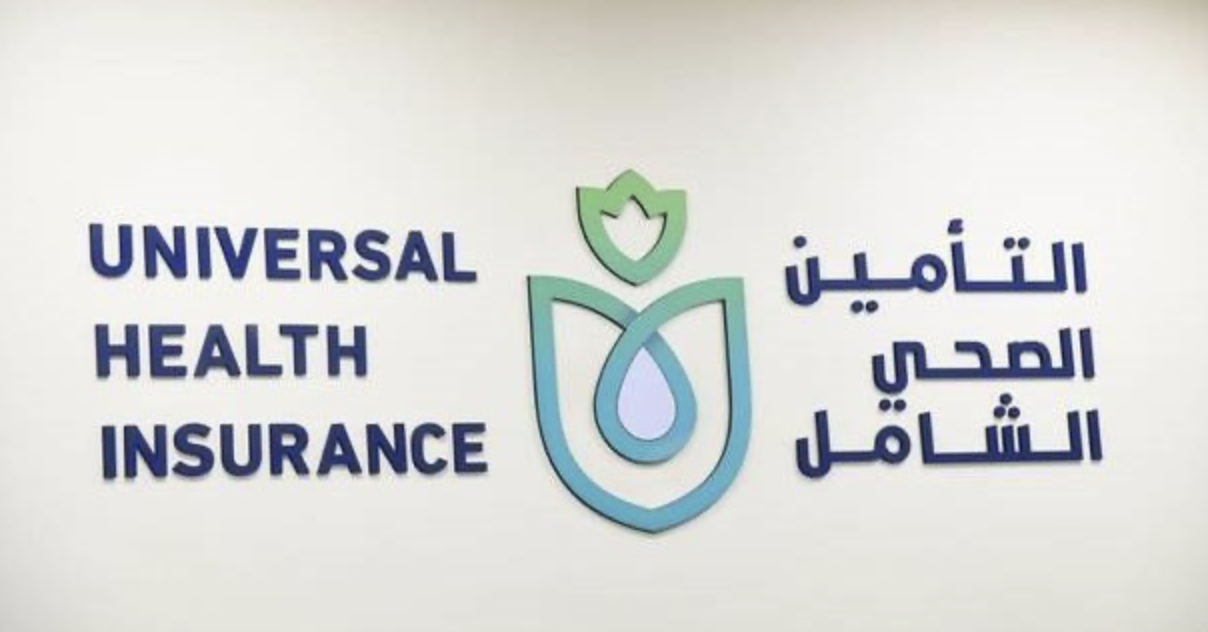How these reforms change the health system
Egypt’s health system reform is reshaping the system under a new organizational and functional set-up. The UHIS Law of 2018 sets up three new health system institutions.
- The Universal Health Insurance Authority (UHIA) as the single payer for individual-level curative health services
- The Egypt Healthcare Authority (EHA) regrouping most of public health care facilities under one governance structure
- The General Authority for Healthcare Accreditation and Regulation, which is the body in charge of accrediting health care providers to be eligible for contracting with the UHIA
The Ministry of Health and Population (MOHP) of Egypt has the overall role of health sector stewardship, and it ensures public health functions (for example, disease surveillance, population-based health promotion, health workforce development). The Ministry of Finance currently chairs the UHIA and is committed to the transformation of the UHIS through increased investment in the health sector, together with the Ministry of Planning and Economic Development.
The UHIS transformation aims at reducing fragmentation in the health system. In the governorates where UHIS is in operation, the EHA has all the public health facilities that were previously under the MOHP under its management. The EHA’s mandate is to provide quality health services at all levels of service delivery. The UHIA replaces two main payers in the old system: (1) the Health Insurance Organization, which previously had limited population and service coverage; (2) and the MOHP, which provided line-item budgets to its health facilities. In essence, the UHIS establishes a purchaser-provider split and a move from input-based to output-based payments to more strategic purchasing.
The UHIS reform is focused on equity. It aims at providing everyone the same comprehensive benefits package. It relies on cross-subsidies as it pools together formal sector contributions, contributions from the self-employed and budget transfers to cover people living in poverty and vulnerable populations.
While the UHIS rolled out, Egypt also conducted parallel public health initiatives, such as the 100 Million Health Initiative, which focuses on early detection and treatment of noncommunicable and communicable diseases, resulting in successes such as Egypt becoming the first country to achieve World Health Organization validation (Gold Tier) on the path to elimination of hepatitis C.
What is next for Egypt?
Egypt’s UHC index score remained stagnant at 70% between 2019 and 2021. This reflects the need for continuous efforts to strengthen the UHIS implementation and ensure that the system is effectively expanded to all of Egypt. This requires a deep analysis of the progress made thus far and of the challenges that have been identified during implementation. Efforts are underway to provide policy guidance for strengthening UHIS rollout that draw on evidence from lessons learned from the first implementation phase. It will be crucial to have a sustained, evidence-based policy dialogue among all key actors to ensure the UHIS reform delivers on its promise of a more effective, efficient and equitable health system.



